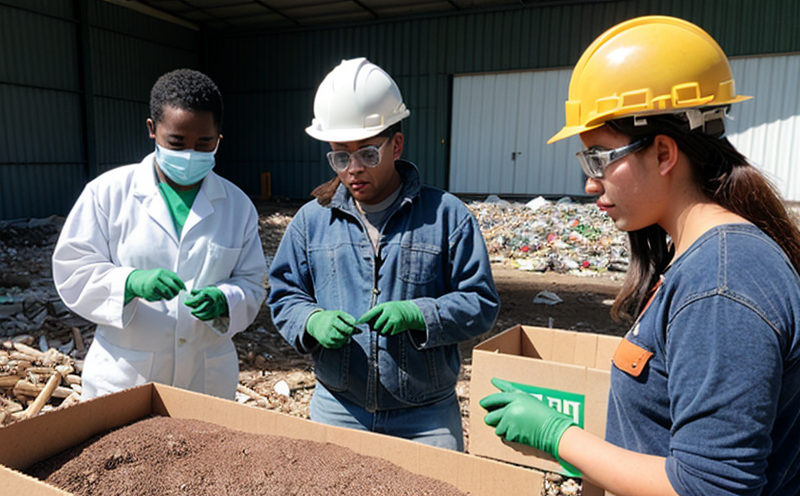ASTM D6866 Biobased Carbon Content Testing
The ASTM D6866 standard test method is a critical tool in assessing biobased content, which determines the proportion of carbon derived from renewable resources within a polymer. This testing process is pivotal for industries focusing on sustainability and recycled materials, particularly toy manufacturers looking to ensure their products meet stringent environmental standards.
The ASTM D6866 standard provides detailed procedures for quantifying biobased carbon content using elemental analysis techniques. It is specifically designed to measure the ratio of biobased carbon atoms in a polymer sample relative to total carbon atoms, expressed as a percentage by mass. This allows manufacturers to accurately assess and communicate the sustainability credentials of their products.
The testing process involves several key steps:
- Sample preparation: Ensuring the sample is representative of the material composition being tested.
- Elemental analysis: Utilizing techniques such as elemental analysis (EA) or mass spectrometry to determine the carbon content.
- Data analysis and reporting: Interpretation of results according to ASTM D6866 guidelines, providing a percentage value for biobased carbon content.
Accurate measurement is crucial as it directly impacts compliance with sustainability targets. For instance, toy companies must meet specific biobased content requirements set by regulatory bodies and consumer expectations. This test helps ensure that products not only comply with these regulations but also contribute positively to environmental goals.
| Sample Preparation | Elemental Analysis Technique | Data Interpretation |
|---|---|---|
| Ensure homogeneity of the sample. | Select appropriate EA or mass spectrometry method. | Analyze data according to ASTM D6866 guidelines. |
The results from this testing are essential for quality managers and compliance officers in making informed decisions about material sourcing and product development. For R&D engineers, it provides valuable insights into the performance and lifecycle of biobased materials. This information is also crucial for procurement teams to source sustainable raw materials.
Why Choose This Test
Selecting ASTM D6866 Biobased Carbon Content Testing offers several advantages:
- Precision: Accurate measurement of biobased content ensures compliance with environmental standards.
- Transparency: Provides clear, quantifiable data on the sustainability credentials of products.
- Reputation Enhancement: Demonstrates a commitment to sustainable practices, enhancing brand reputation and consumer trust.
Competitive Advantage and Market Impact
Selecting ASTM D6866 Biobased Carbon Content Testing provides competitive advantages that can significantly impact your business:
- Enhanced Product Differentiation: Clearly communicate the sustainability credentials of your products to environmentally conscious consumers.
- Regulatory Compliance: Ensure compliance with international standards, reducing legal risks and potential fines.
- Market Access: Open doors to new markets that prioritize sustainable practices.
Use Cases and Application Examples
| Use Case | Application Example |
|---|---|
| Evaluating biobased content in recycled materials. | Toy manufacturers assessing the sustainability of recycled plastics used in product design. |
| Determining compliance with biobased content requirements. | Government agencies ensuring compliance for imported toys that meet international standards. |





